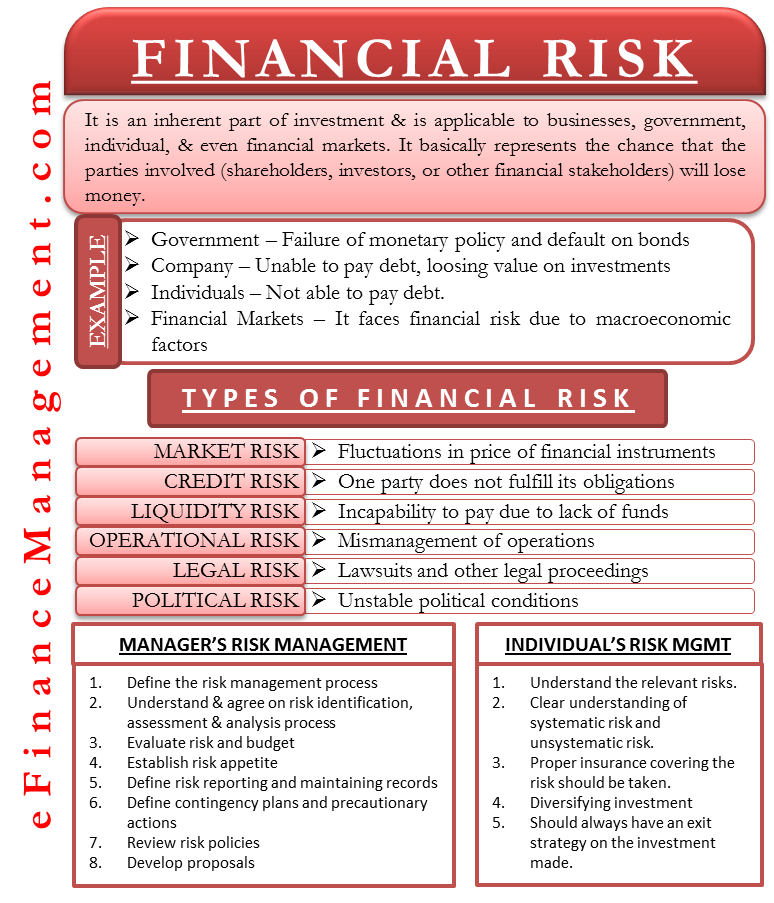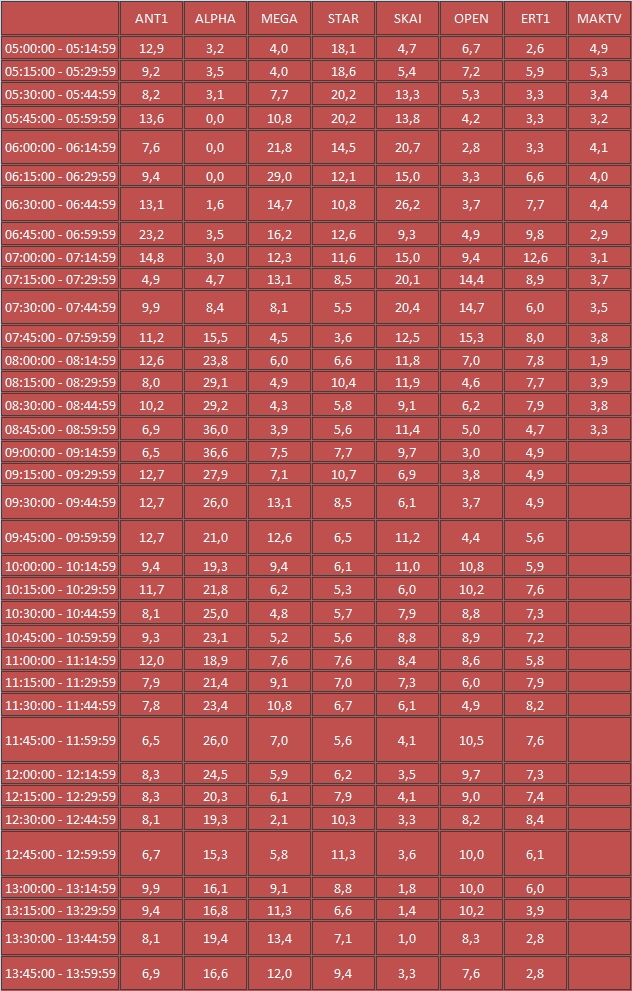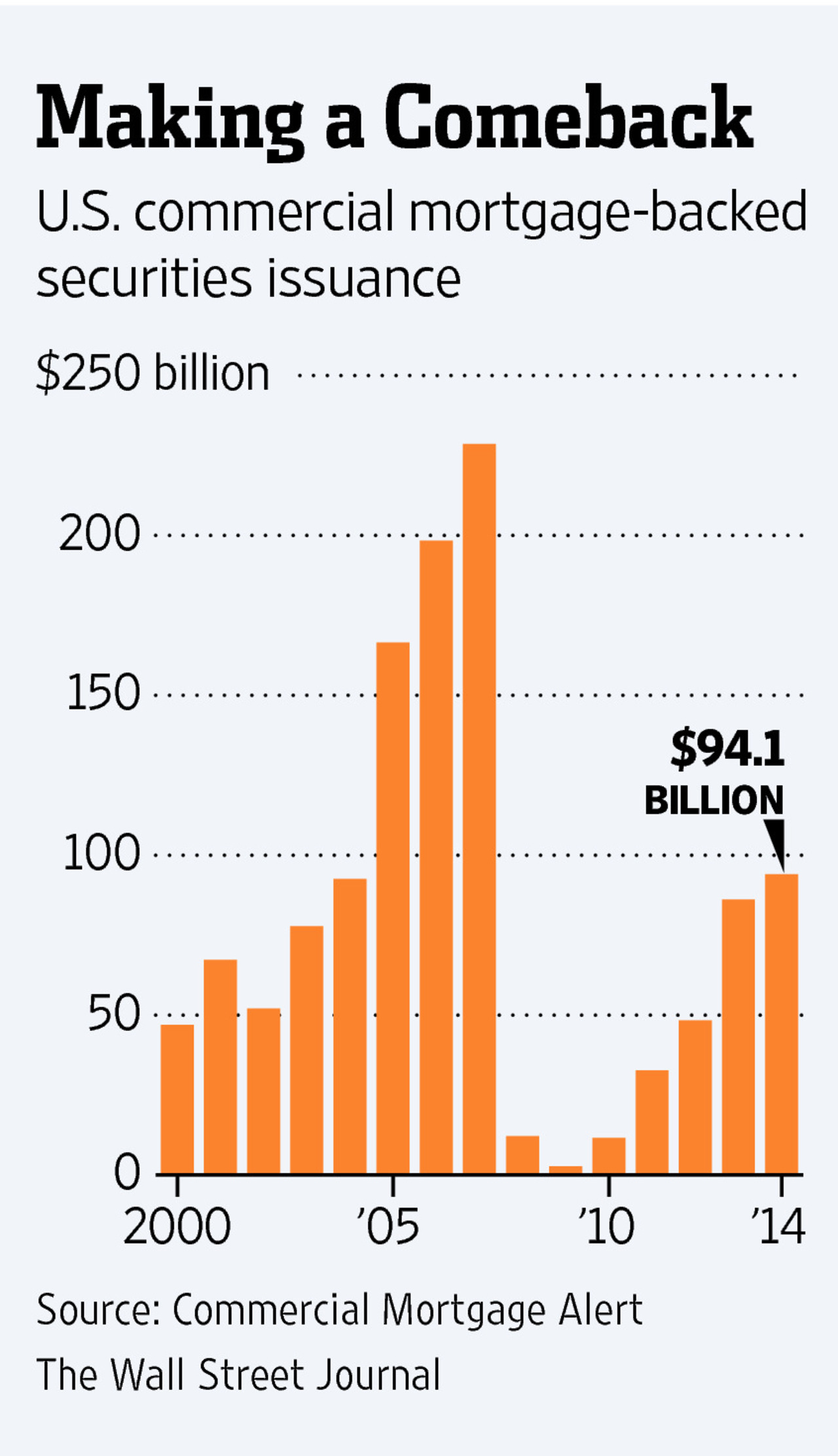Understanding The Health Dangers Of Synthetic Hair Braids For Black Women

Table of Contents
Traction Alopecia and Hair Loss from Tight Braiding
Understanding Traction Alopecia
Traction alopecia is a type of hair loss caused by prolonged pulling or tension on the hair follicles. With synthetic hair braids, the weight of the extensions combined with tight braiding can put significant stress on the follicles. This constant pulling weakens the hair roots, leading to inflammation and eventually, hair loss. The mechanism of damage involves the disruption of the hair growth cycle, causing miniaturization of the follicles and ultimately preventing new hair from growing.
- Symptoms of traction alopecia: Hair thinning, especially around the hairline, temples, and nape of the neck; receding hairline; scalp pain or tenderness; itching.
- Long-term effects of untreated traction alopecia: Permanent hair loss in affected areas is possible if the condition isn't addressed. Early intervention is key.
- Risk factors: Tight braids, heavy synthetic hair extensions, prolonged wear of braids without breaks, and improper braiding techniques.
The key to preventing traction alopecia from synthetic hair braids lies in proper braiding techniques and mindful choices. Avoid extremely tight braids, and ensure the braiding style isn't too heavy for your hair. Regular breaks from wearing braids are crucial to allow your scalp and hair follicles to rest and recover. Consider switching to looser styles or lighter extensions.
Scalp Irritation, Infections, and Allergic Reactions
Infections and Scalp Irritation
Synthetic hair braids, if not properly maintained, can create a breeding ground for bacteria and fungi. The synthetic material can trap sweat, dirt, and oil against the scalp, leading to irritation and infections.
- Common scalp infections: Folliculitis (inflammation of the hair follicles), tinea capitis (ringworm), and other bacterial or fungal infections.
- Symptoms of scalp infections: Itching, inflammation, redness, pus-filled bumps, scaling, and pain.
- Importance of scalp hygiene and proper hair care: Regular cleansing of the scalp and hair is vital, along with ensuring the braids are not too tight and allow for adequate airflow.
Allergic Reactions to Synthetic Materials
Synthetic hair often contains dyes, chemicals, and adhesives that can trigger allergic reactions in sensitive individuals.
- Common allergens found in synthetic hair: Certain dyes, preservatives, and the synthetic fibers themselves.
- Symptoms of allergic reactions: Itching, rash, swelling, redness, and even contact dermatitis.
- Importance of patch testing before use: Before committing to a full head of synthetic braids, it's advisable to test a small amount of the hair and any adhesive on a small area of skin to check for allergic reactions.
Choosing high-quality synthetic hair from reputable sources and using gentle, hypoallergenic shampoos and conditioners can significantly minimize the risk of allergic reactions and scalp irritation. Remember, proper hygiene and regular scalp checks are essential.
Hair Breakage and Damage from Synthetic Hair Braids
The Impact of Weight and Tension
The weight of synthetic hair extensions, especially when combined with tight braiding, puts considerable stress on the hair shafts. This leads to breakage, particularly at the roots where the hair is most vulnerable.
- Signs of hair breakage: Split ends, breakage at the roots, thinning hair, and overall fragility.
- Techniques to minimize breakage: Proper braiding techniques, ensuring the braids are not too tight; gentle removal of the braids; using protective styles that minimize tension.
- Importance of using protective styles that minimize tension: Opt for styles that distribute weight evenly and avoid excessive pulling on the hair.
Chemical Treatments and Damage
Many synthetic hair extensions undergo chemical treatments like dyeing and processing, which can damage your natural hair if not handled carefully.
- Common chemicals in synthetic hair treatments: Harsh dyes, bleaches, and other chemicals.
- Potential side effects of chemical treatments: Hair dryness, brittleness, breakage, and color discoloration.
- Importance of minimizing chemical exposure: Choose synthetic hair that requires minimal chemical processing. Condition your natural hair regularly to mitigate potential damage.
Regular deep conditioning treatments are essential to maintain the health of your hair when using synthetic braids. Remember that less is often more; the lighter the extensions and the looser the braids, the less likely you are to experience breakage and damage.
Conclusion
This article highlighted the significant health risks associated with synthetic hair braids for Black women, including traction alopecia, scalp infections, allergic reactions, and hair breakage. Understanding these risks is crucial for making informed choices about hair care. Prioritize your hair health. Choose protective hairstyles wisely, opt for less-damaging options like using lighter extensions and looser braids, and consult with a dermatologist or trichologist if you experience any concerning symptoms related to your synthetic hair braids. Learn more about healthy alternatives to synthetic hair braids and prioritize your scalp and hair health. Remember, beautiful hair starts with a healthy scalp!

Featured Posts
-
 Guccis Creative Shakeup Demnas Impact And Kerings Financial Risk
May 27, 2025
Guccis Creative Shakeup Demnas Impact And Kerings Financial Risk
May 27, 2025 -
 Discover The Gucci Re Motion White Gg Canvas Bag May 2025 Release
May 27, 2025
Discover The Gucci Re Motion White Gg Canvas Bag May 2025 Release
May 27, 2025 -
 Happy Screening Abhishek Bachchan Nora Fatehis Unbreakable Bond Amidst Aishwarya Rai Absence And Divorce Rumors
May 27, 2025
Happy Screening Abhishek Bachchan Nora Fatehis Unbreakable Bond Amidst Aishwarya Rai Absence And Divorce Rumors
May 27, 2025 -
 Why The Delay Cbs Explains Watson Season 2s 2026 Premiere
May 27, 2025
Why The Delay Cbs Explains Watson Season 2s 2026 Premiere
May 27, 2025 -
 Successfully Exporting From China Within 90 Days
May 27, 2025
Successfully Exporting From China Within 90 Days
May 27, 2025
Latest Posts
-
 Kalyteres Tileoptikes Epiloges Gia To Savvato 15 Martioy
May 30, 2025
Kalyteres Tileoptikes Epiloges Gia To Savvato 15 Martioy
May 30, 2025 -
 Savvatiatikes Tileoptikes Ekpompes 15 3 Olokliromenos Odigos
May 30, 2025
Savvatiatikes Tileoptikes Ekpompes 15 3 Olokliromenos Odigos
May 30, 2025 -
 Tileoptiko Programma Savvatoy 15 Martioy Ti Na Deite
May 30, 2025
Tileoptiko Programma Savvatoy 15 Martioy Ti Na Deite
May 30, 2025 -
 Programma Tileorasis Kyriaki 16 Martioy 2024
May 30, 2025
Programma Tileorasis Kyriaki 16 Martioy 2024
May 30, 2025 -
 Nissans Electric Plans Could The Primera Make A Comeback
May 30, 2025
Nissans Electric Plans Could The Primera Make A Comeback
May 30, 2025
